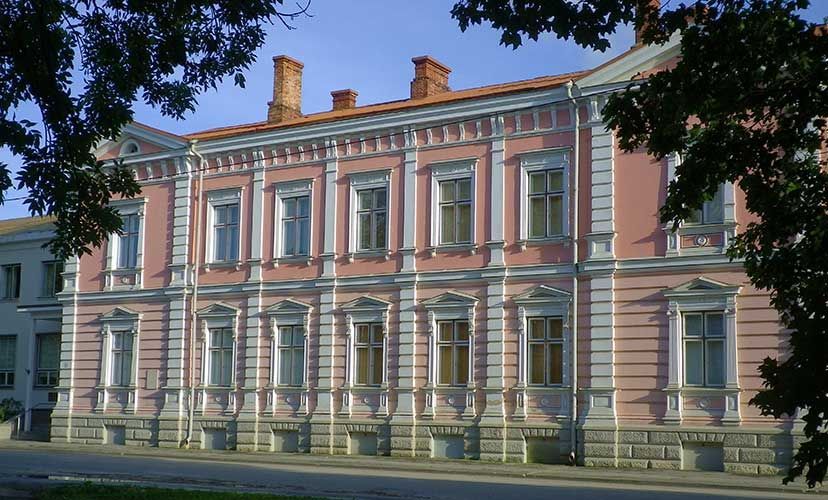Libraries and Museums

Tartu Public Library was founded in 1913 by the Public Library Society of Tartu; since 1987 the library bears the name of Oskar Luts (1887-1953) who is one of the most popular Estonian prose authors and playwrights of all time. The public library serves daily nearly 2500 visitors; in addition to the main building in the city centre, it has branches in five parts of the town. The library also serves the Tähtvere Day Centre for elderly people. At the Prima Vista festival, books can be borrowed in one of the town’s central parks; in summer, this opportunity is provided on a public beach near the river. The library has an extensive programme of public events, such as the Literary Café where Estonian books as well as translations from other languages are discussed; a number of readings and workshops are particularly aimed at children and young people. In 2012, the library launched aThe large and growing web archive “Tartu in Fiction”, comprising literary references to Tartu across the decades. Tartu Public Library is also known for its promotion of street art, welcoming the literary-themed wall and bench designs of the notorious stencil artist Edward von Lõngus on its premises.
University of Tartu Library was founded in 1802 when the university itself was reopened. The library has more than 50, 000 registered readers, nearly half of them from outside the university. Yearly, more than a million borrowings are registered at the libraries of the University of Tartu (including the collections kept at the structural units). The archives of the library store plenty of rare publications and manuscripts whereas the majority of the more recent books have been made available on the open shelves of the reading halls. There are numerous computer workstations, exhibition areas, and a conference centre that also serves as the hub of the Prima Vista festival. To meet the students’ needs, the Night Library and a children’s room are open during examination sessions. The home page of the library offers access to several international databases and the library also has its own Internet bookshop.
Estonian Literary Museum stores a vast repository of folklore and memories, collected since the late 19th century. It also has its own archive of publications, the museum is housing the Estonian Cultural Archive of documents and pictures and the Estonian Folklore Archive. Research is done at the bibliography department, at the ethnomusicology department, and at the department of folklore. The museum also has a conference hall and an exhibition space. At the museum, an annual conference is held in December dedicated to Fr. R. Kreutzwald, the author of Estonian national epic “Kalevipoeg”. The annual events also include the conference of young folklorists and the spring school for scholars of literature. ELM has a broad network of international contacts and is considered one of the leading research units in folkloristics.
Oskar Luts House Museum was the last home of Oskar Luts (1887-1953), a long-time citizen of Tartu and the favourite writer of many generations. In the functionalist house, the writer’s simple study and a guest room have been preserved in their original state. The permanent exhibition focuses on the writer’s life and abundant literary work as well as on the role of theatre and film in transforming his characters into iconic and epic figures that new generations are including in their stories and narratives. Oskar Luts House Museum is a branch of Tartu City Museum.
Estonian Print and Paper Museum located at the Aparaaditehas Culture Factory is dedicated to the print-related heritage and offers a permanent exhibition of historic machinery as well as several temporary exhibitions and activities, including workshops.